Rise in infections shows need for vigilance as world reopens
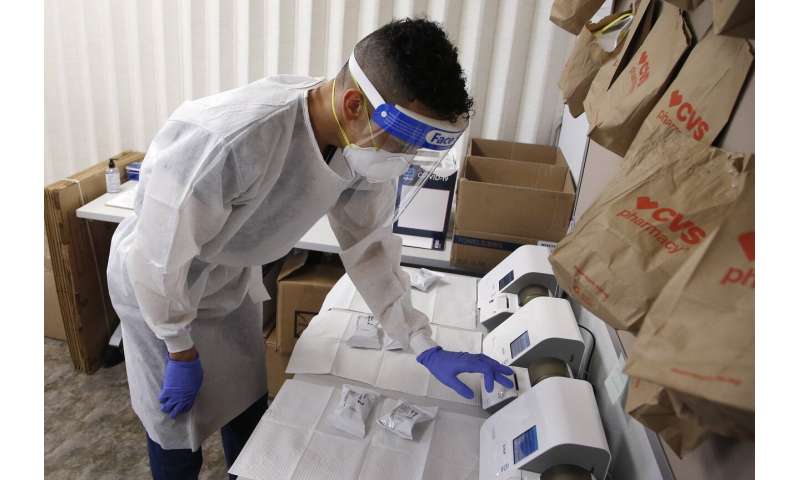
European countries reopened borders Monday after a three-month coronavirus shutdown, although international visitors are still being kept away and there was uncertainty over whether many Europeans will quickly embrace travel outside their home countries.
Reopening continued in Mexico and Brazil despite cases climbing in the two largest nations in Latin America, where authorities struggled to handle the pandemic’s effect on already-weak medical systems. In the U.S., Vice President Mike Pence encouraged governors to highlight the “good news” around efforts to fight the virus despite several states reporting a rise in infections, which could intensify as people return to work and venture out during the summer.
The need for constant vigilance came into sharp focus as China, where COVID-19 first emerged in December, rushed to contain an outbreak in the capital of Beijing.
The head of the World Health Organization said more than 100,000 confirmed cases of coronavirus have been reported globally each day in the last two weeks, and countries that have curbed transmissions “must stay alert to the possibility of resurgence.”
Tedros Adhanom Ghebreyesus noted that it took over two months to reach 100,000 reported cases, now a daily norm. Each day, nearly three-fourths of the new cases come from 10 countries—mostly in South Asia and the Americas, he said.
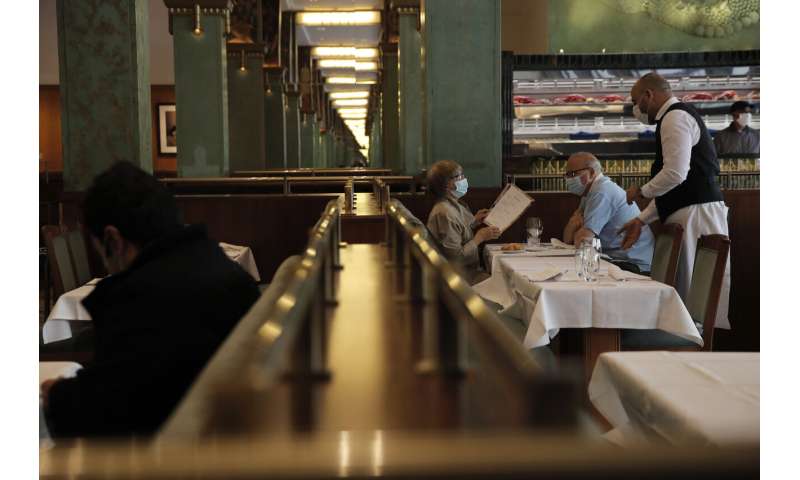
Pence said in a private call with governors that except for a few places, the U.S. is seeing strong drops in virus-related hospitalization and mortality rates. In audio of the call obtained by The Associated Press, Pence urged governors to make it clear to residents that “there’s a lot of really, really good news.”
White House officials have played down the severity of the virus surge in places like Arizona and Texas. On Monday, the nation’s second-most-populated state set a one-day high in hospitalizations of coronavirus patients for the seventh time in eight days. Arizona’s hospitals were at about 82% capacity.
Meanwhile, Germany and France dropped border checks nearly two weeks after Italy opened its frontiers. Greece welcomed visitors Monday with passengers on flights from other European countries not having to undergo compulsory coronavirus tests.

The European Union’s 27 nations and other European states aren’t expected to start reopening to visitors from outside the continent until at least the beginning of July and possibly later.
Spain allowed thousands of Germans to fly to its Balearic Islands without a 14-day quarantine in a pilot program designed to help authorities gauge what’s needed against possible virus flare-ups.
Martin Hofman was delighted to board a flight from Dusseldorf to the island of Mallorca because he said his vacation couldn’t be postponed.
“To stay in Germany was not an option for us,” Hofman said. “We are totally happy that we can get out.”
In Mexico City, residents were free to drive without restrictions, and subway and bus stations that had been closed resumed service Monday as the city of 9 million continued its gradual return.

The reopening is based on hospital occupancy levels. As of Saturday, the capital and the surrounding state had 74% of their hospital beds occupied.
President Andrés Manuel López Obrador encouraged Mexicans to get out of the house and get the economy moving again.
“Health is the most important thing, but at the same time, the economy, well-being, the return to coexistence, harmony and freedom,” López Obrador said as he began his second weeklong road trip, this time from the Gulf coast state of Veracruz. “We can’t let fear overwhelm us.”
In Beijing, where an outbreak was traced to a market that supplies much of the city’s meat and vegetables, thousands lined up for tests. Authorities confirmed 106 cases since Friday in what looks to be the largest outbreak since China largely stopped its spread at home more than two months ago.
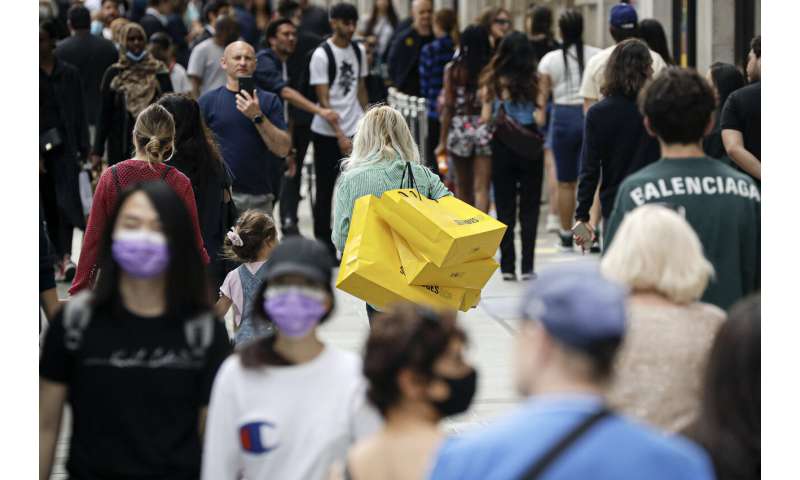
Tests were administered to workers at the Xinfadi market, anyone who had visited it in the past two weeks, or anyone who had come in contact with either group. The market is Beijing’s largest wholesale food market, prompting inspections of fresh meat and seafood in the city and elsewhere in China.
Authorities also locked down the neighborhood around a second market, where three cases were confirmed. In all, 90,000 people are affected in the two neighborhoods in the city of 20 million.
China had relaxed most of its controls after the ruling Communist Party declared victory over the virus in March.
“We must continue to take decisive measures to defend against outside cases and internal resurgences,” said Xu Hejian, director of the Beijing government information office.
Beijing suspended Monday’s planned restart of some primary schools and reversed the relaxation of some social isolation measures.
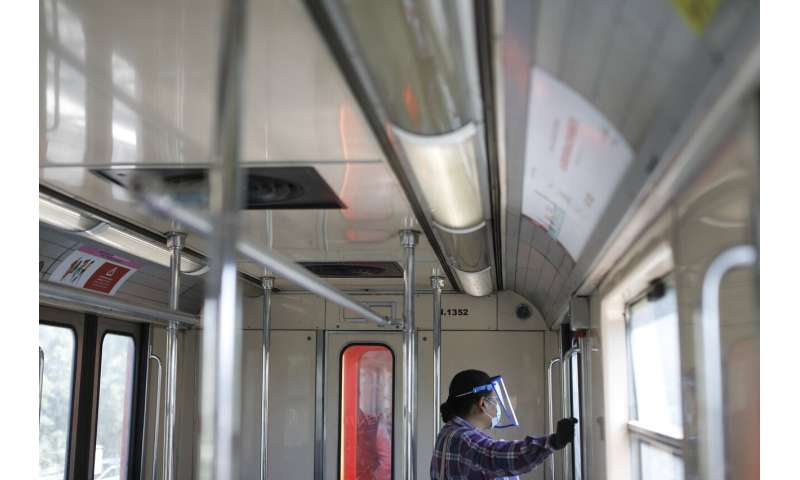
Inspectors found 40 samples of the virus in the closed market, including on a chopping board for imported salmon. That prompted some supermarket chains to take salmon off their shelves over the weekend and inspect markets, stores and restaurants.
Experts were doubtful the virus was being spread through salmon or other food.
“For my money, it is more likely to be a person who came into the area with lots of people and the virus has spread, as the virus does,” said Ian MacKay, who studies viruses at the University of Queensland in Australia, adding there was no evidence to suggest a link between outbreaks and food.
South Korea is also among those countries seeking to prevent a resurgence, reporting 37 new cases of COVID-19. Authorities said 25 of those came from the Seoul area, where health authorities are scrambling to trace infections linked to entertainment and leisure activities, church gatherings, warehouse workers and door-to-door salespeople.

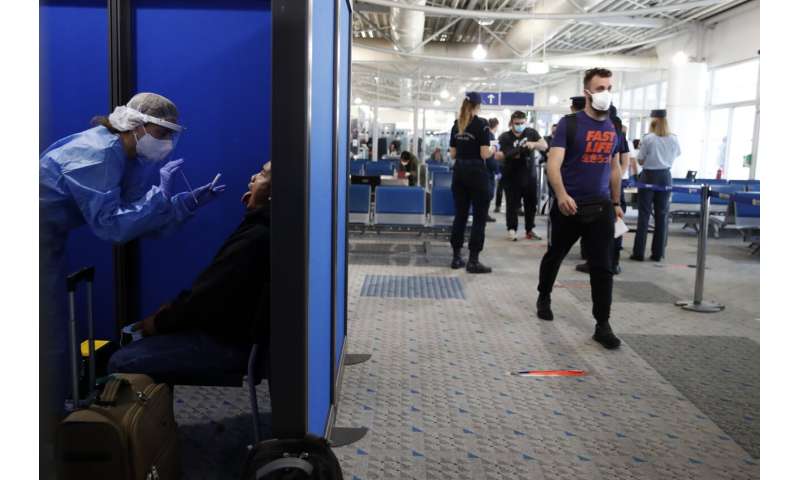
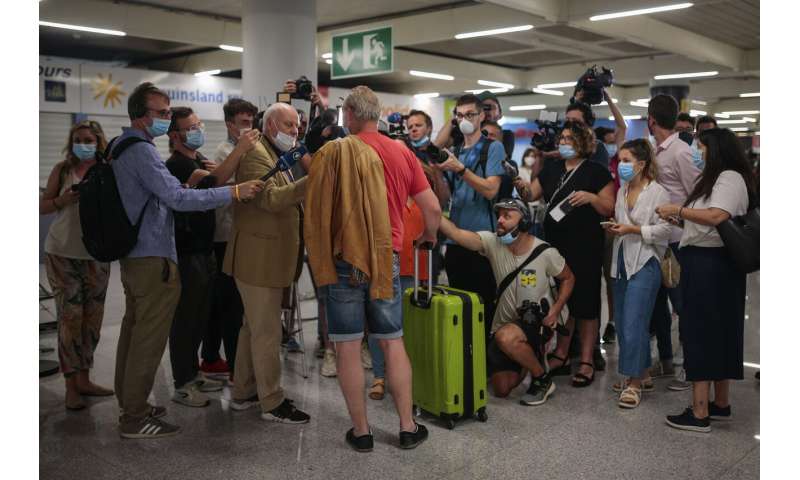
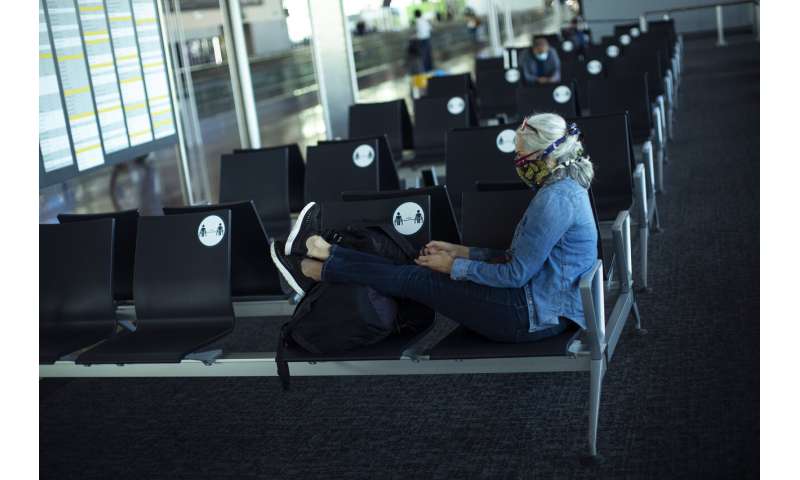
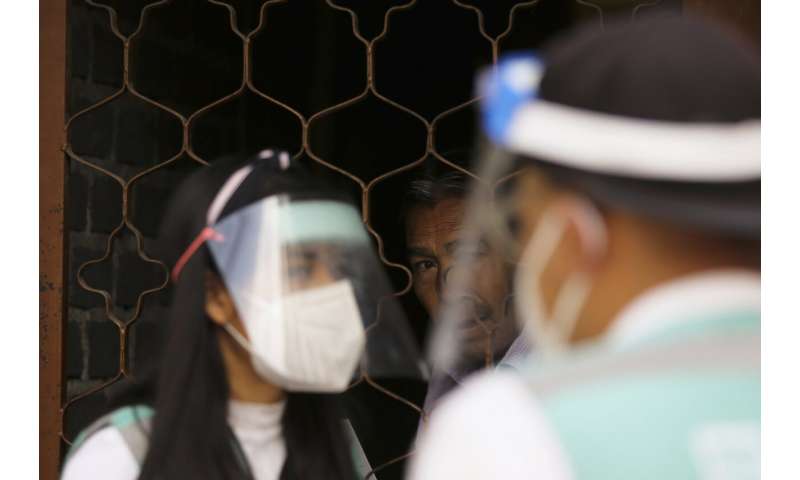
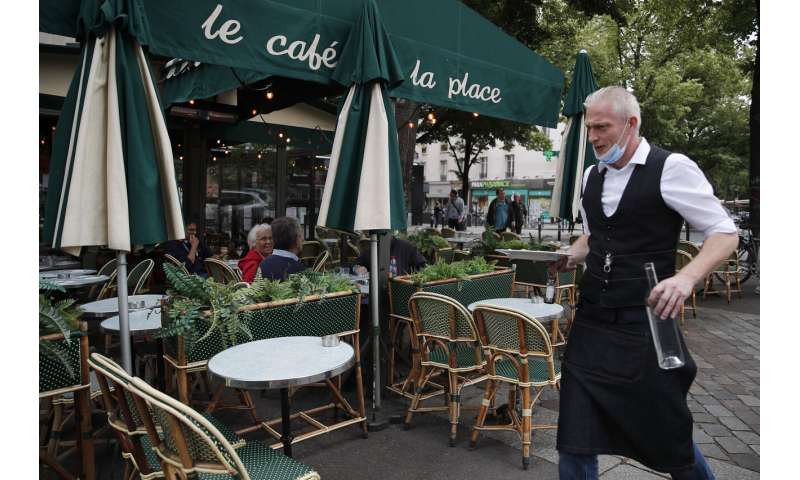
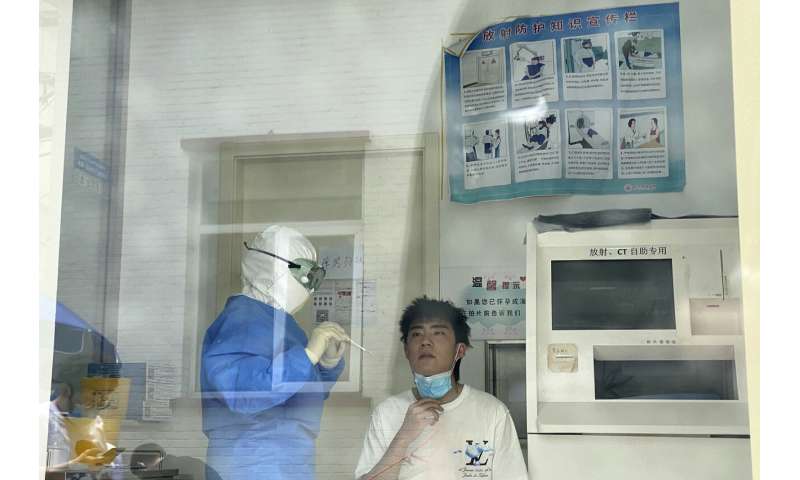

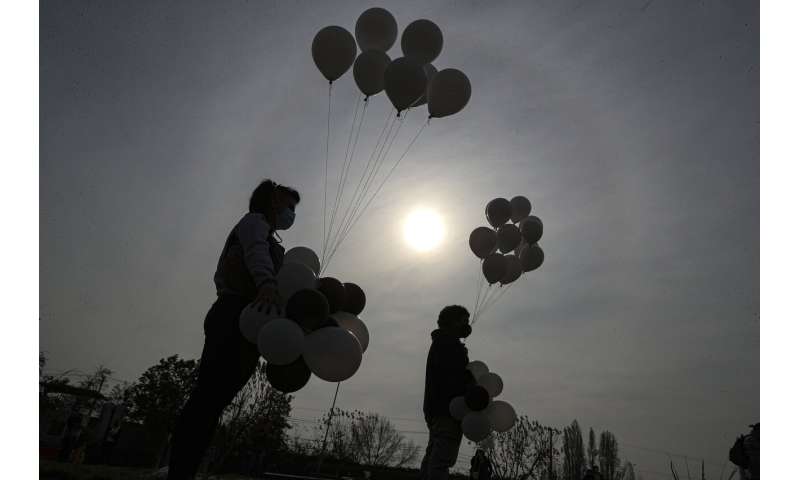
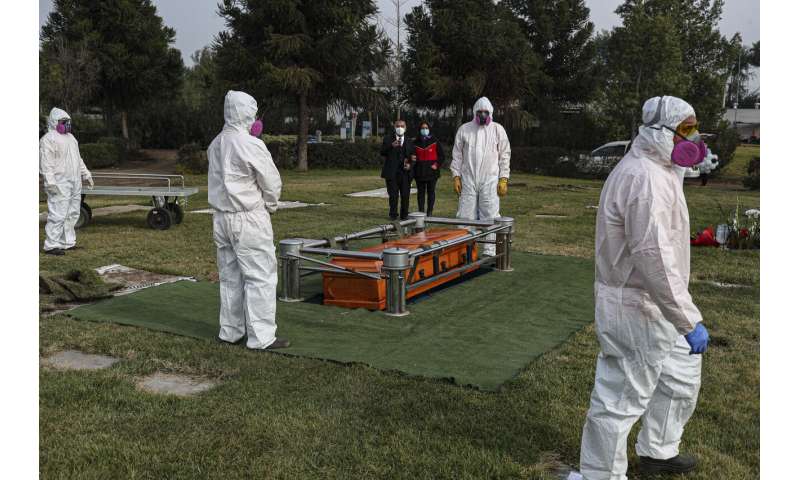
In other countries still battling major outbreaks:
— Even as Russian President Vladimir Putin said his country was emerging from the health crisis, authorities reported 8,246 new cases in the last 24 hours, bringing its total to 537,210. Russia, which has recorded over 7,000 deaths from the virus, is behind only the U.S. and Brazil in the number of infections.
— India’s home minister offered 500 train carriages for use as makeshift hospital wards as New Delhi struggled to contain a spike in cases. The Health Ministry reported a jump of more than 11,000 infections nationwide for a third straight day.
— Egypt reported its highest number of new COVID-19 cases and fatalities in one day, with 1,691 infections and 97 deaths. It has the highest death rate in the Arab world, at 1,672, but the government has resisted a full lockdown to keep the economy functioning. Even as caseloads multiply, authorities plan to reopen airports for tourism to less hard-hit destinations next month.
— Ukraine resumed flights to some countries, relaxing a ban in place since March 17. Authorities will still request those arriving from countries with high infection numbers to spend two weeks in quarantine. Ukraine’s caseload has spiked recently, to nearly 32,000, following a decision in May to resume public transportation and reopen malls and gyms.
In the U.S., where reopenings continued, New York Gov. Andrew Cuomo decried “rampant” violations of virus restrictions and said restaurants and bars could lose their liquor licenses if they don’t enforce masks and social distancing.
Source: Read Full Article


